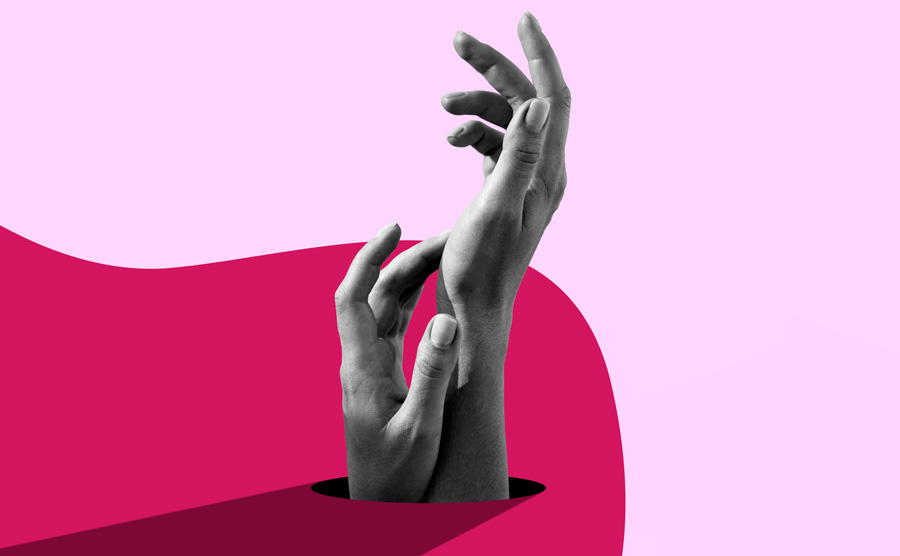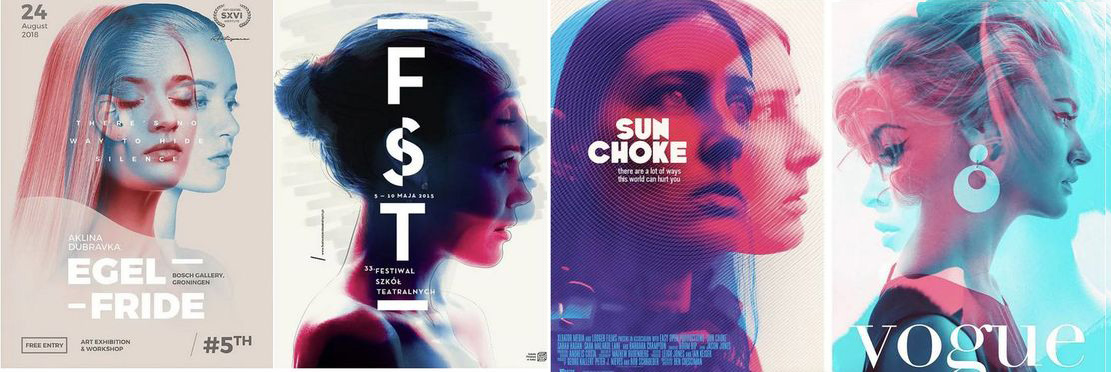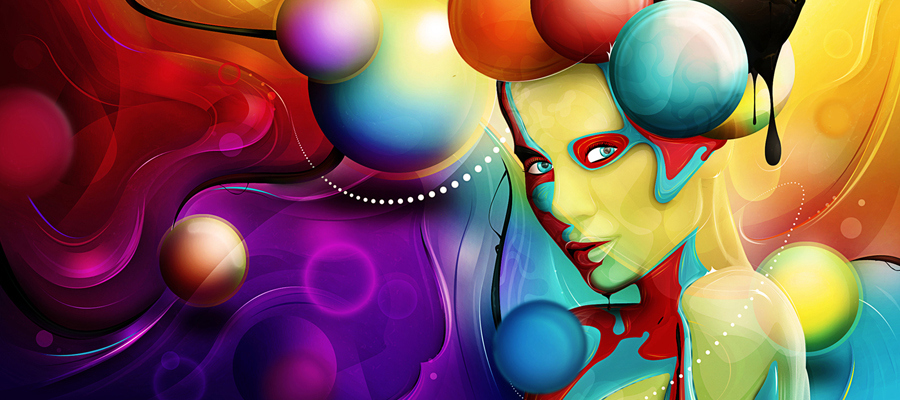From a mere, individual concept idea discovered in a random online pic to an ordinary shot taken with a camera, there’s hardly anything that software like Photoshop can’t manipulate and reinterpret. Nevertheless, no matter if you use blur, saturation, exposure, cropping, layering, and the list can go on, some mods tend to reach an end. Abusing such features may not make the shortcut to the intended result, meaning that you may need to avail yourself of Photoshop’s image manipulation features. Conceptual artworks usually tackle peculiar, abstract elements that can have much or no connection at all with reality, developing a new world that triggers emotions different from those evoked by traditional art.
What’s the difference between conceptual and traditional art, you may wonder? In layman’s terms, traditional artwork is used to highlight representational subjects and forms and can incorporate abstract touches. On the flip side, conceptual art broadly focuses on abstract elements, focusing mainly on fundamental ideas and concepts instead of abstract visual depictions.

Art is, though not exclusively, about manipulating mediums. It’s, thus, crystal clear to draw that there are some unparalleled advantages of learning how to use Photoshop if you want to create digital conceptual art. Here are the options you need to know as a conceptual artist to develop and express profound, abstract, and symbolic concepts in art with one of the world’s best photo manipulation programs.
Five sleek techniques to try ASAP
To build your masterpieces in Photoshop and enjoy them as much as you do with masters’ crafts, there are some image manipulation skills that you can perfect through options like the following.
Double exposure
A terrific way to kick off your Photoshop project is a double exposure, a technique for which you’ll need two images and no master’s degree. This operation involves combining two representations to allow both to shine, building a layered and eye-grabbing mashup.

Years ago, you’d have to take an “in-camera” double exposure, but now you can simply do the following:
- Open the images you want to overlap and adjust their sizes, placing them under or over, depending on your intention.
- Alter the first layer’s blending mode to “lighten,” “screen,” and similar styles to permit the fundamental picture to show through.
- Combine the top layer with a layer mask and add brushstrokes with various opacity levels, determining the parts you want to make visible or not in order to combine the two pics flawlessly.
- Try adjustment layers to modify the contrast and colors combined for the longed-for effect and fine-tune the result through tweaks like sharpening, blurring, or even filters.
Waning subjects
Making your picture’s subject vanish into thin air may sound counter-productive, since this exact element is the basis around which you build your artwork. But hear us out—you don’t have to wipe it off your canvas. Simply blending your core element into the background can encourage viewers to reflect upon your artwork more, rather than just assume the surface emotion triggered by the high-impact component without digesting it.
As you may have observed, there are a few things that differentiate artworks that indeed evoke emotions and promote introspection and those you can get by easily and unimpacted. As you seek out art for sale that moves you, identify the elements that make your skin tingle and leverage these insights to improve your own artwork. This effect is even more useful if you want your craft to evoke seclusion, isolation, and loneliness, core themes that are widespread in both conventional and contemporary artistic expressions.
Multiplied subject
Contrasting the solitude conjured through subjects fading into obscurity, the collage approach that makes a subject multiply can express closeness and sodality. Allowing the same subject to strike not once, but more times as it is multiplied can add energy and confer a dreamlike twist to your artwork.
You can crop and reproduce various pictures and merge them into a single picture, giving each subject a distinct position. On the other hand, you can combine more takes, using a recurrent shooting mode to capture the core component throughout the scene.
With all the takes there, you can begin using blend tools to overlay the images in Photoshop and produce a one-piece fusion.
Real-world touches
The bulk of surrealist artwork manages to challenge the viewer’s rational vision of nature, life, and underlying environs, transforming the human experience by activating the power of dreams and the subconscious. For all these intentions to succeed, the surrealist artist resorts to decomposing various practical elements found in the surrounding world. This is why this artistic movement is known to deconstruct and deep dive into the mind’s workings to champion the irrational and create something truly mind-bending.
A tried-and-tested technique for building surreal creations includes real-world props and effects. For instance, you can shoot anything you like around you, like a sculpture or a lake’s mirroring surface, then break warmth or coldness to generate an effect of steam.
The outcome can confer the image a palpable quality that brings the viewer closer to a science-fiction-like image, transposing them into a conjuring realm.
Collage cutouts
When your creativity and imagination break the ordinary limits, rely on Photoshop's cutout collage capacities to create standout images that are sure to catch the eye. You can rapidly create symmetrical grid shapes by establishing the column and row number you want, then employ clipping masks and shapes for the final touch-up.
This feature can confer your artwork a hand-made feel and sense of craft, which is why similar undertakings are used in images that look to strike as outstanding and stick to the viewer’s retina. Despite the apparent simplicity, such artworks are seamless composite images that offer an unmatched sense of complexity.
Bottomline
More Photoshop techniques exist that take your contemporary art making to the next level, such as the internalizing self-portrait feature or methods that assist in developing magic portals that take the contemplator on a quest. Your canvas can birth just as many masterpieces as your imagination and ambition help you to, so how will your artwork look from now on?



















